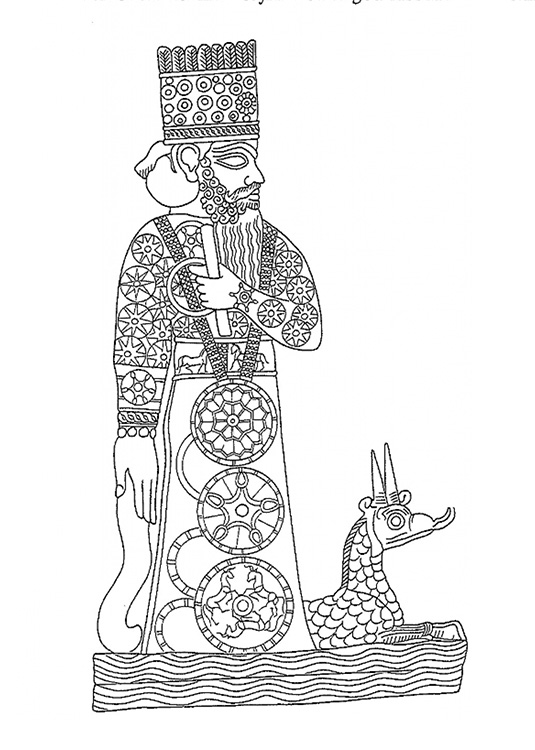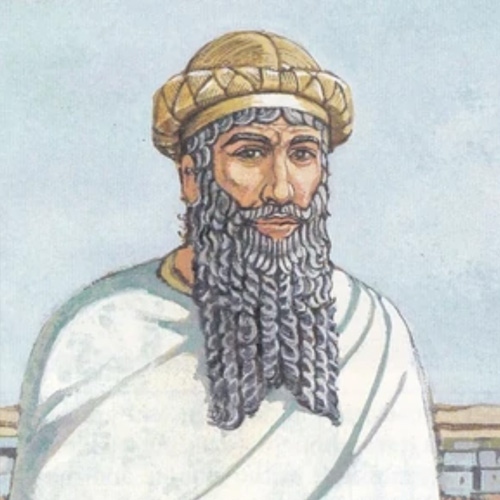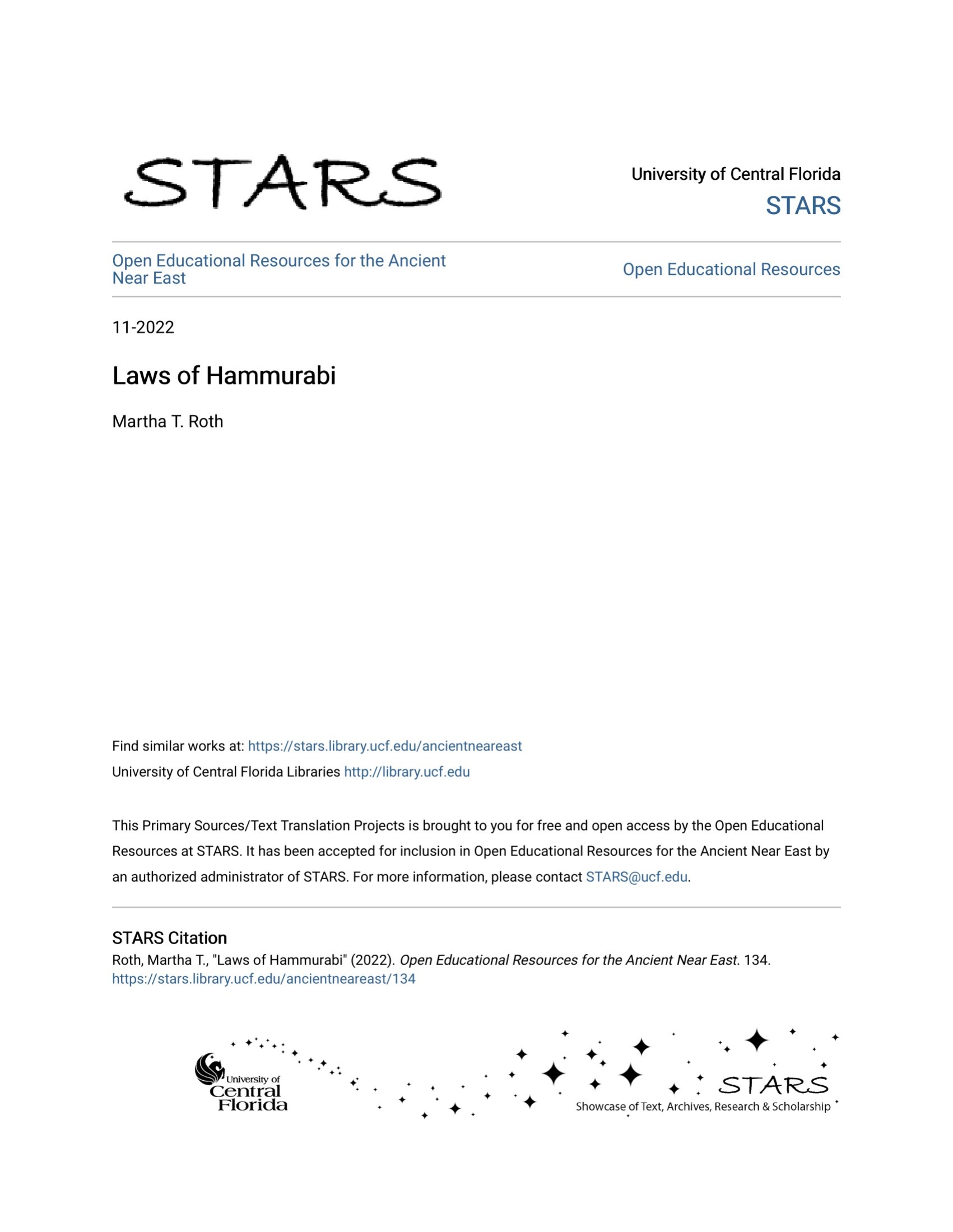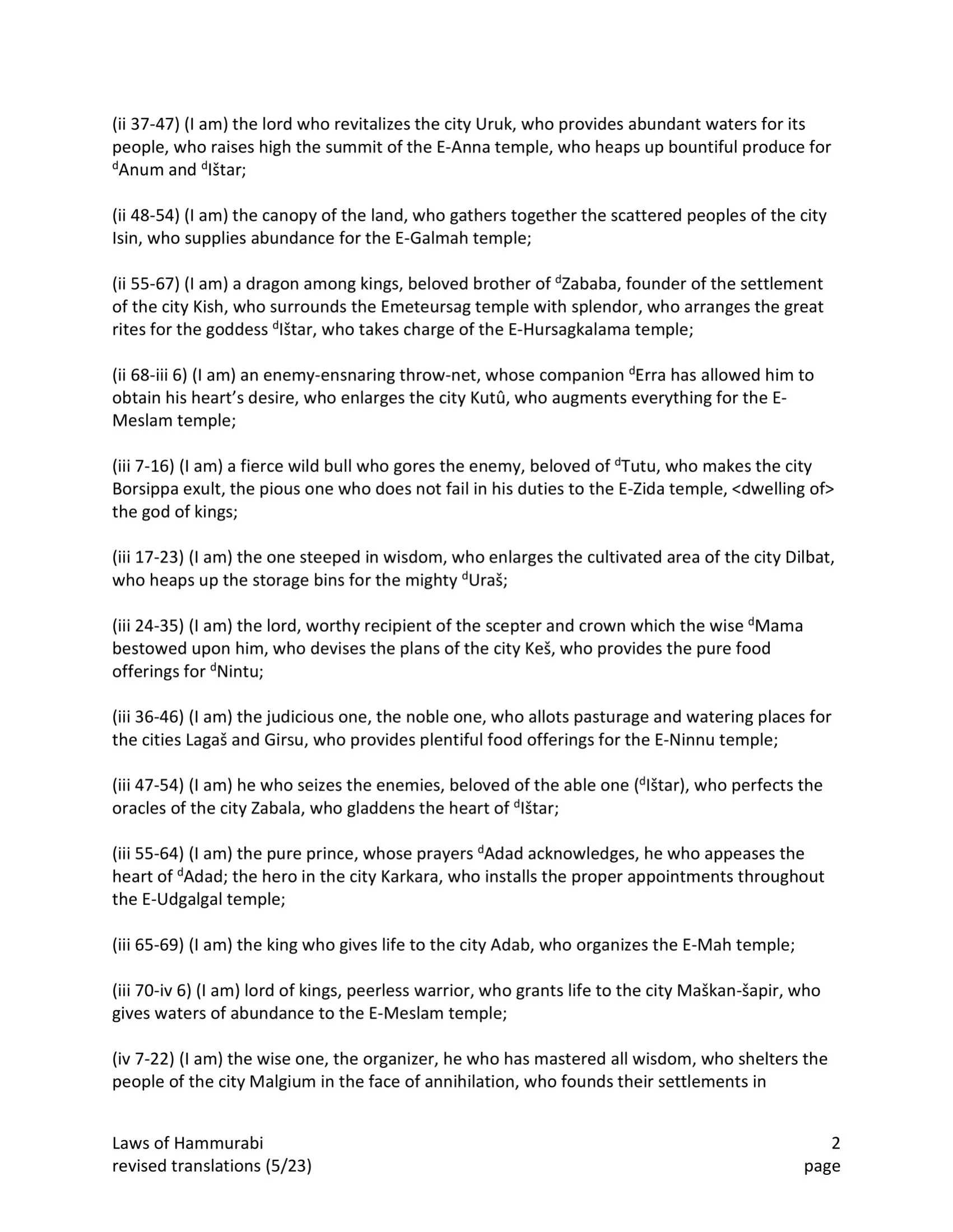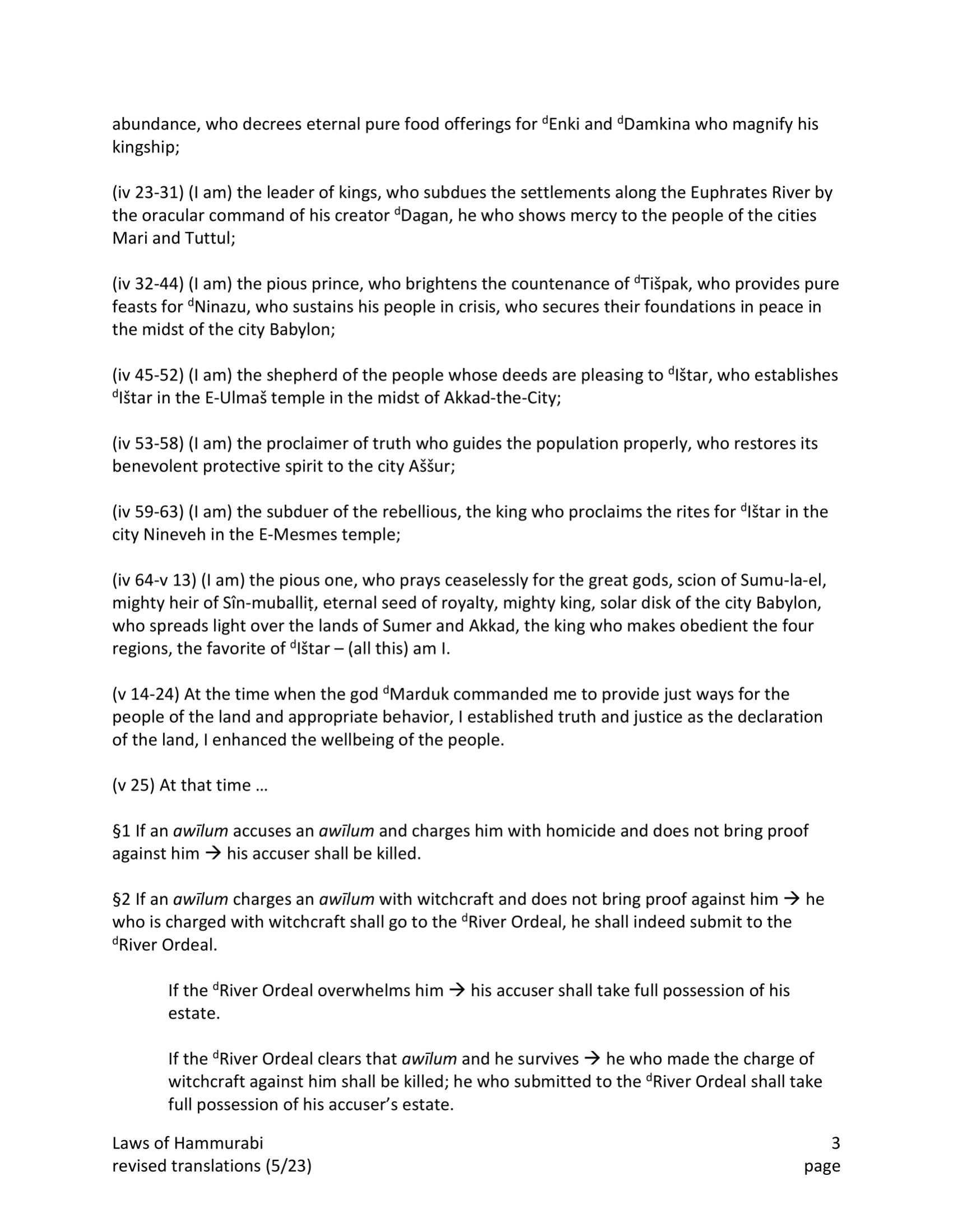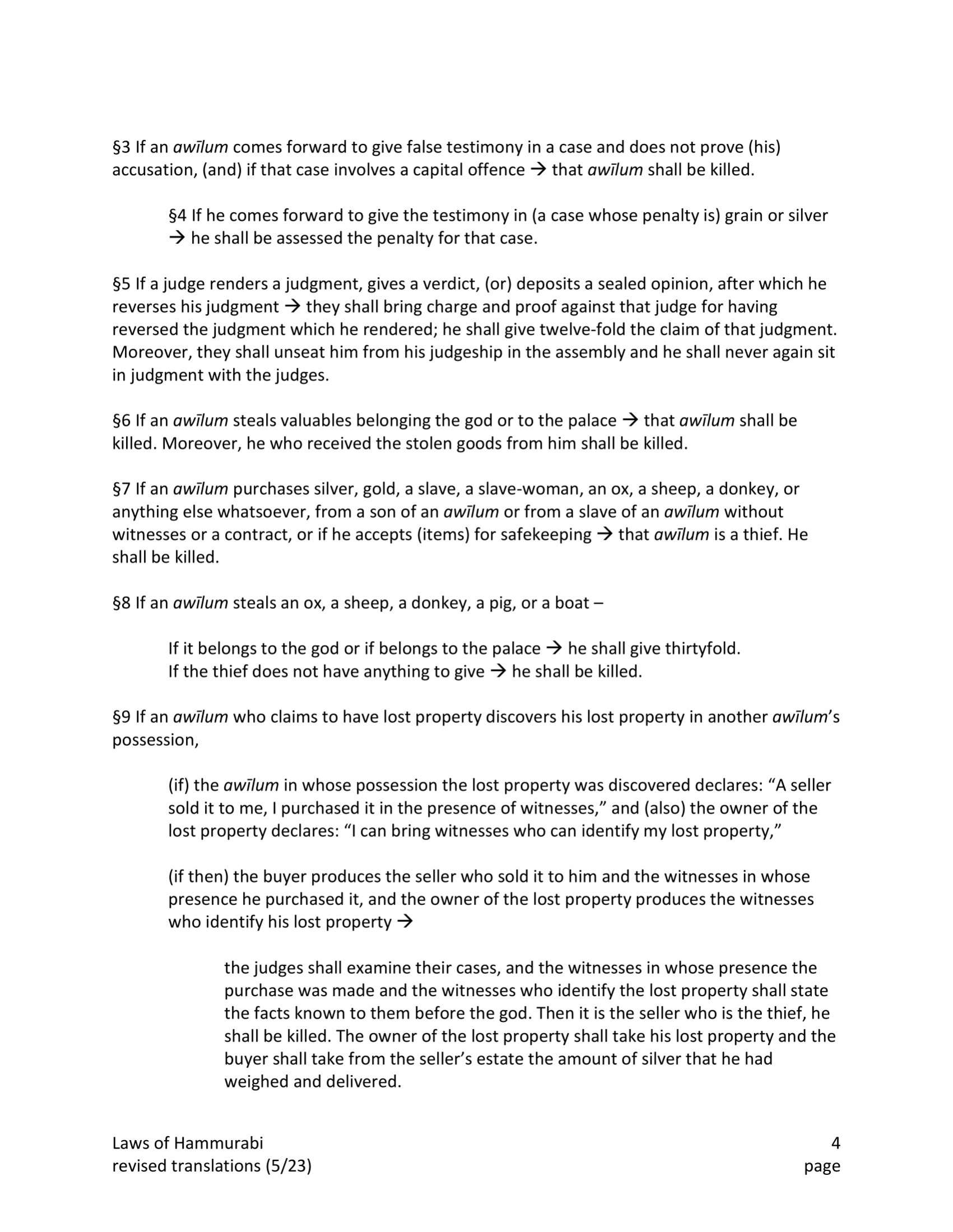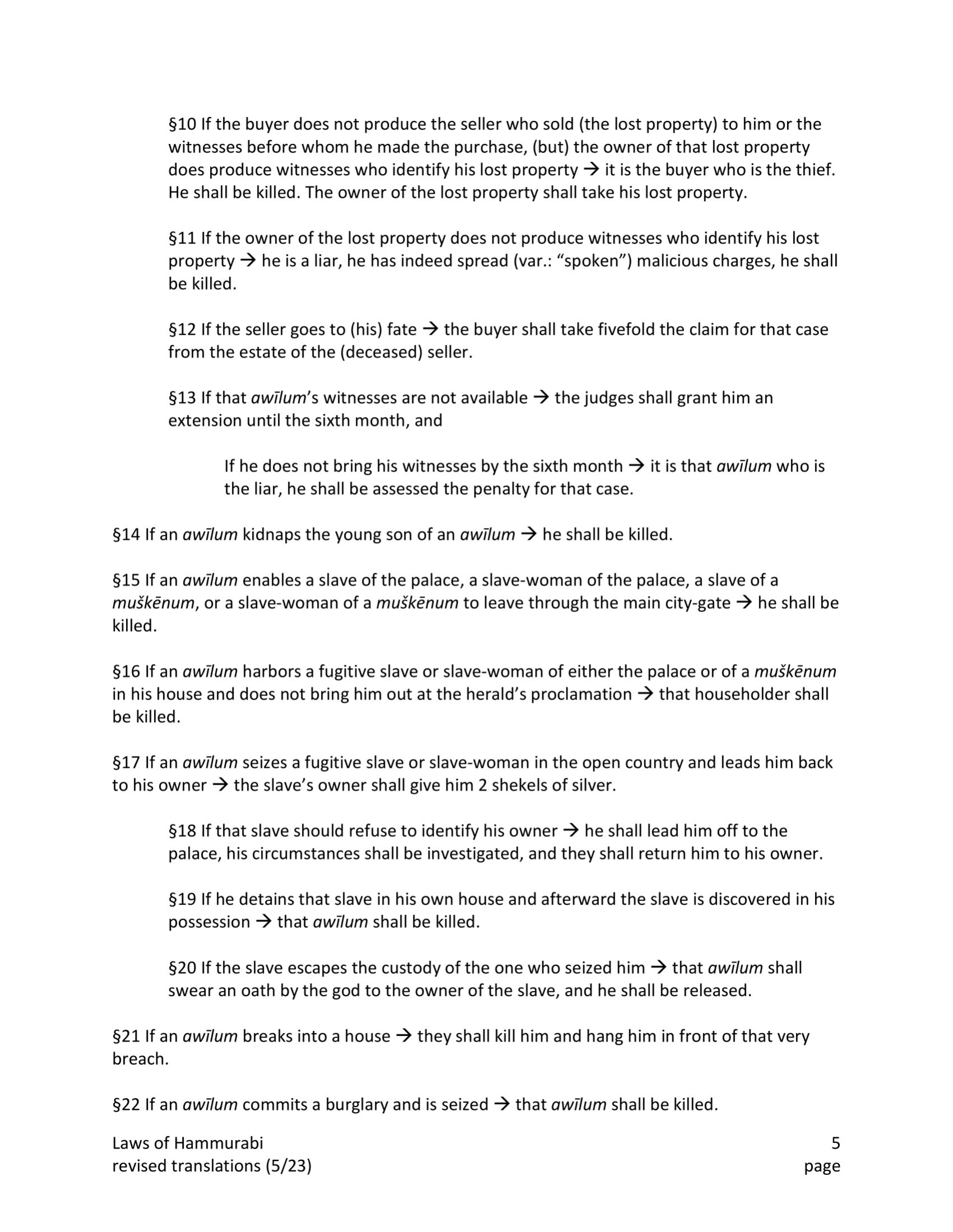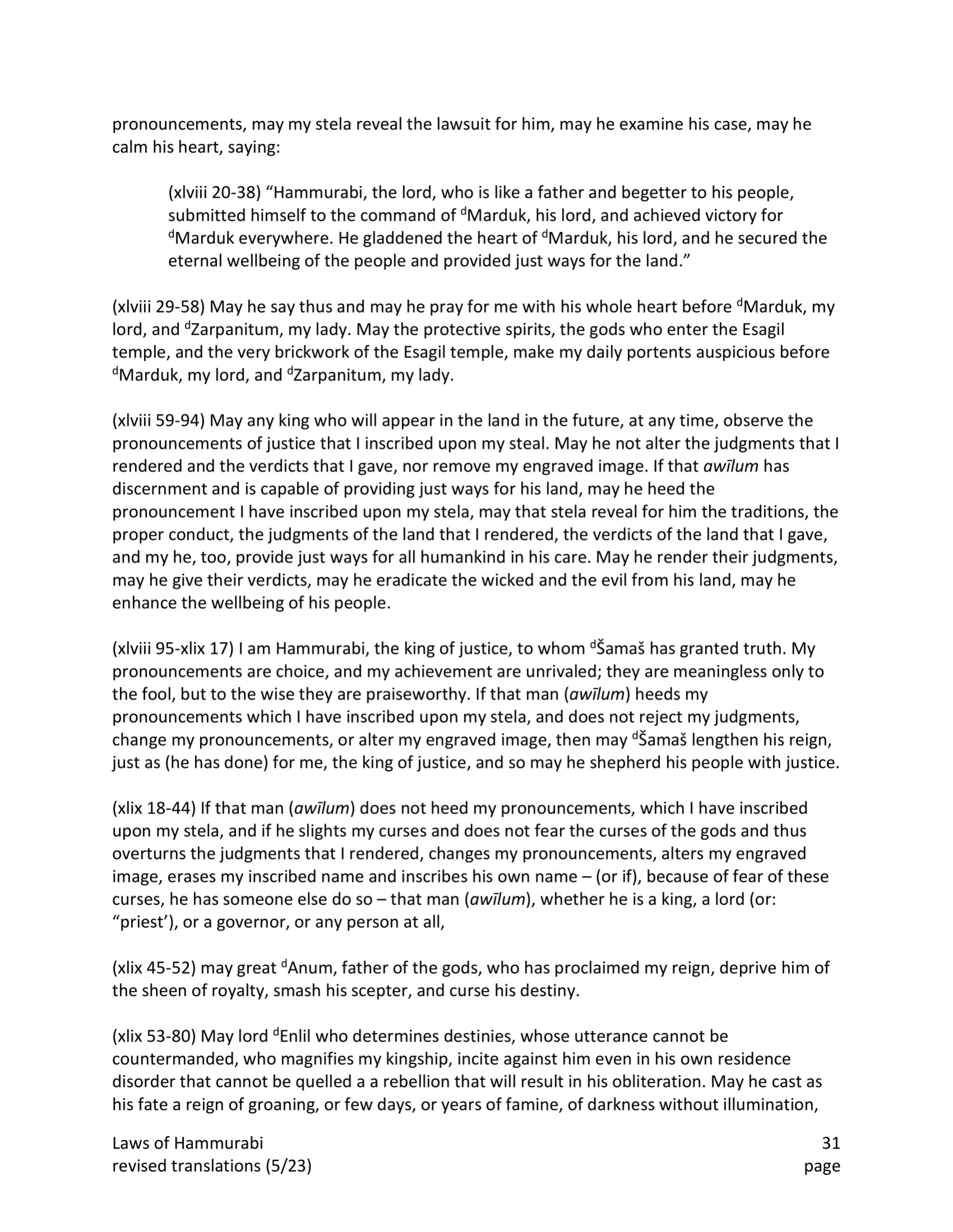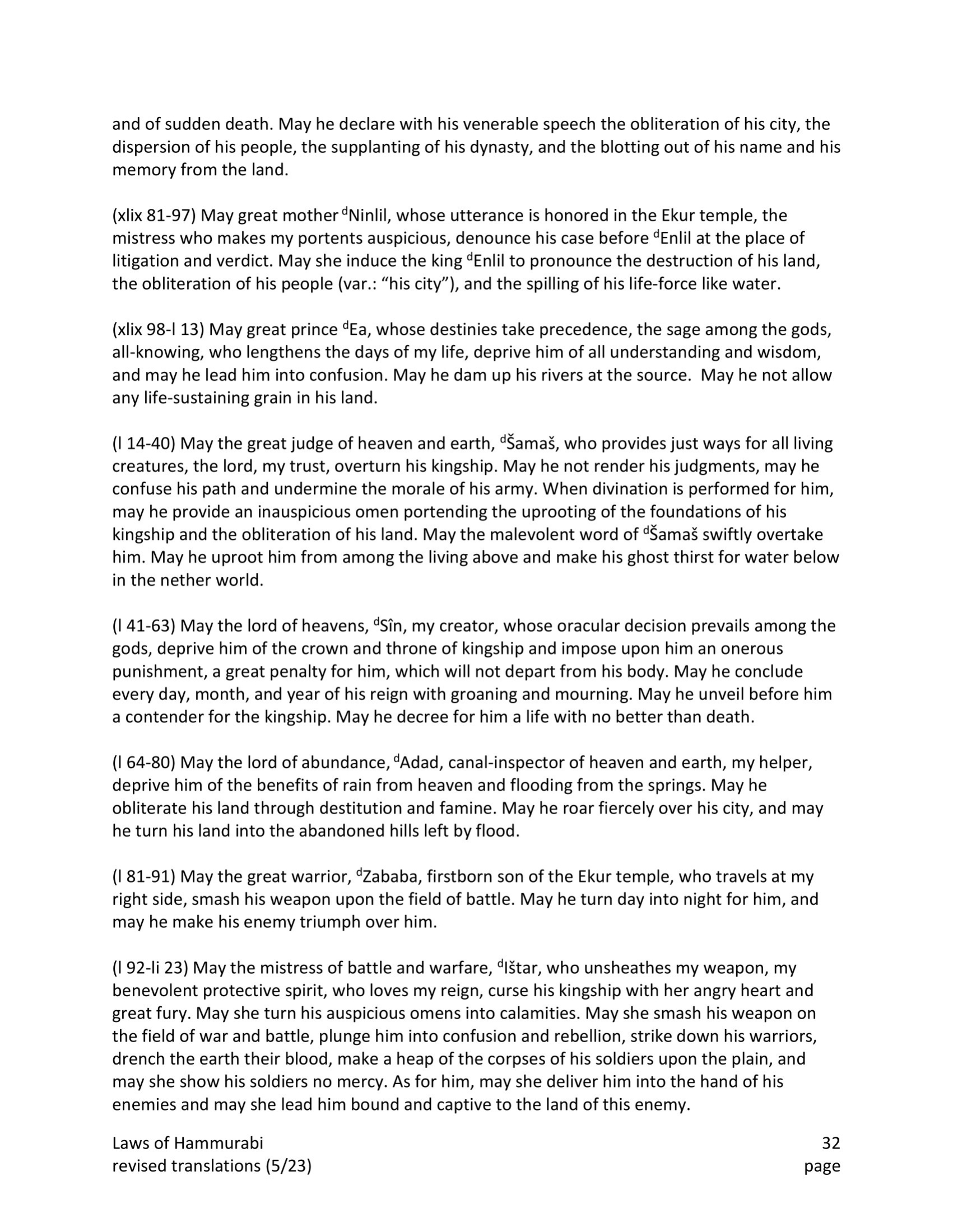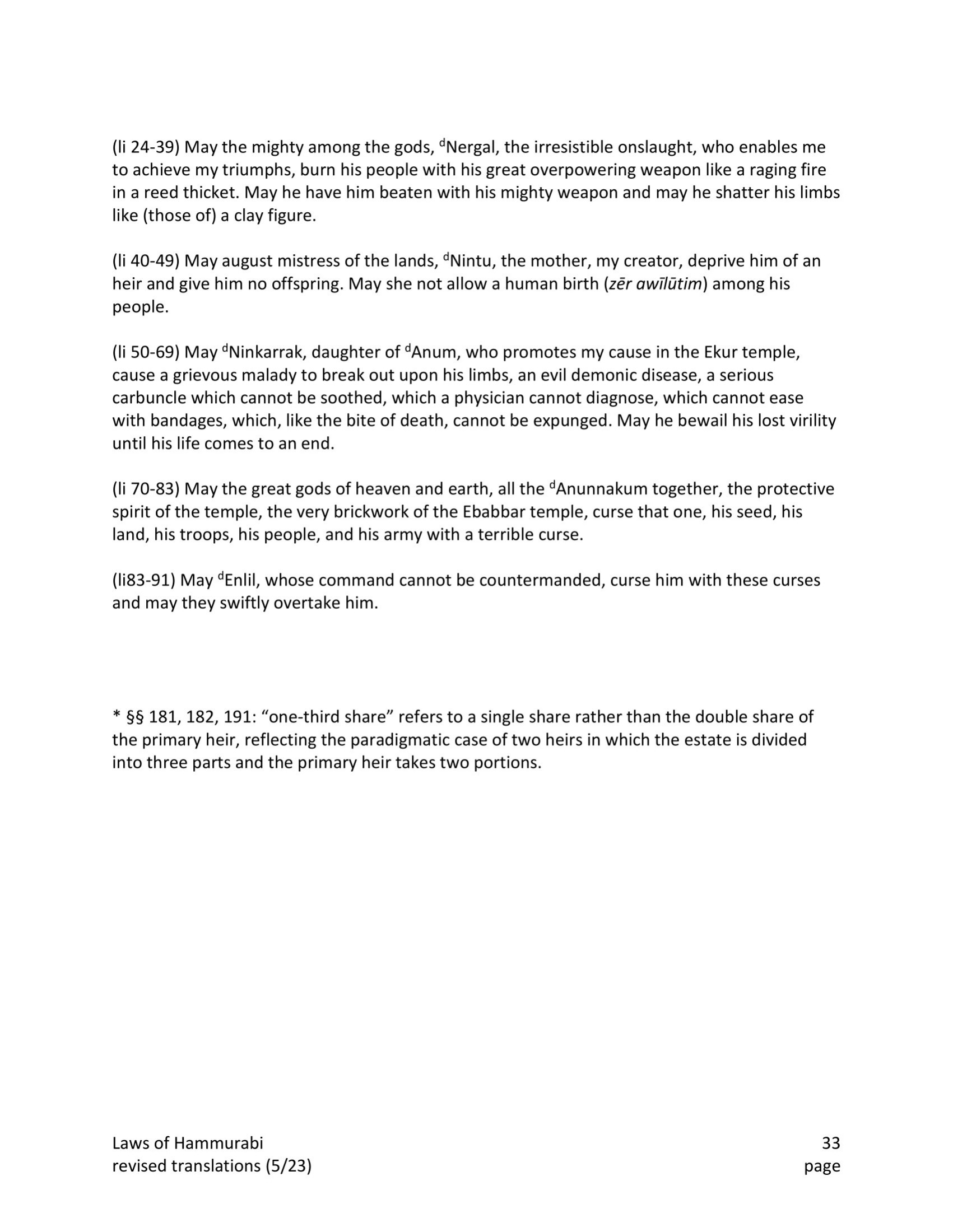About
This revised translation of Hammurabi's Law Code provides new insight into the ancient Akkadian legal text from the world's foremost expert in the subject matter.
Source: OMNIKA
- Critical translation of the Laws of Hammurabi, c. 1750 BCE. Translation of the Codex Hammurabi (the Code of Hammurabi) by Martha Roth, the Chauncey S. Boucher Distinguished Professor in the Department of Near Eastern Languages and Civilizations at the Oriental Institute of the University of Chicago.
Source: Author or Publisher
expand_more Read more Read less
Access
Read for free
External sources
Primary
Myth
In the prologue, Hammurabi boasts about his intimacy with Marduk while giving him praise. Details about his own accomplishments are also pointed out, especially with respect to the enactment of justice in the world. Next, 282 laws are detailed. Many of them deal with divorce, taxes, medicine, theft, and familial matters. The famous phrase, "an eye for an eye," is also provided. The epilogue explains Hammurabi's authority as an arbiter of justice, as well as his divine authority.
Belief system
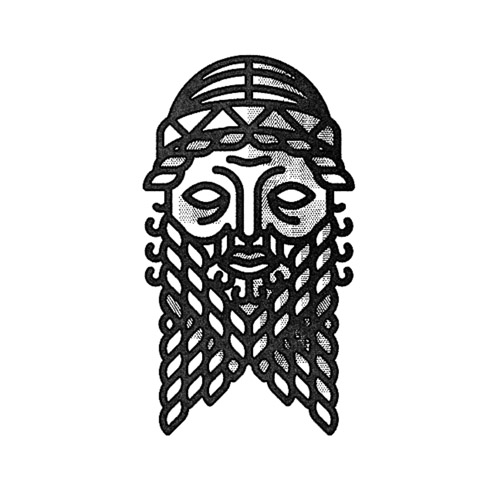
Akkadian refers to a culture that emerged in Mesopotamia during the third millennium BCE. The belief system included many deities, most of whom were later diffused into Sumerian, Babylonian, and Assyrian culture.
Myths cited
It looks like only the main myth was referenced in this work.
Belief systems cited
Primary
Basalt Stele (Monument)

The title primarily deals with this artifact.
Artifacts cited
It looks like only the main artifact was referenced in this work.
Other works
Journal article · 2022

This revised translation of Hammurabi's Law Code provides new insight into the ancient Akkadian legal text from the world's foremost expert in the subject matter.
Book · 1995
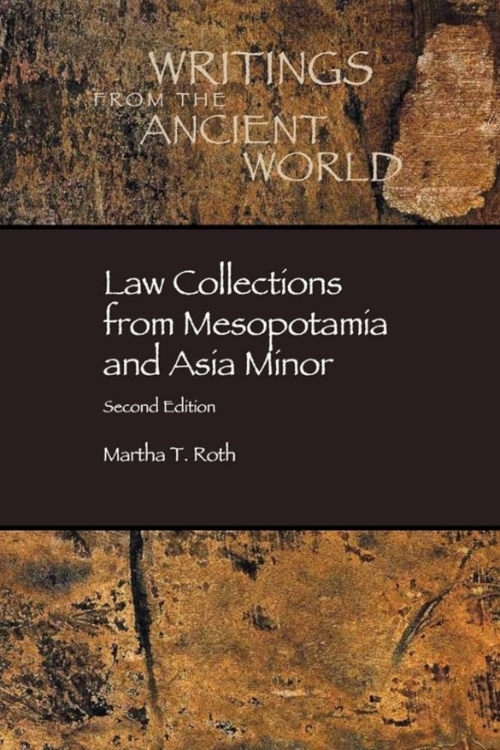
Matha T. Roth's Law Collections work provides translations for ancient legal codes.
Contributor
Cite this work
ChicagoRoth, Martha T. Laws of Hammurabi. Orlando, FL: STARS / University of Central Florida, 2022.
